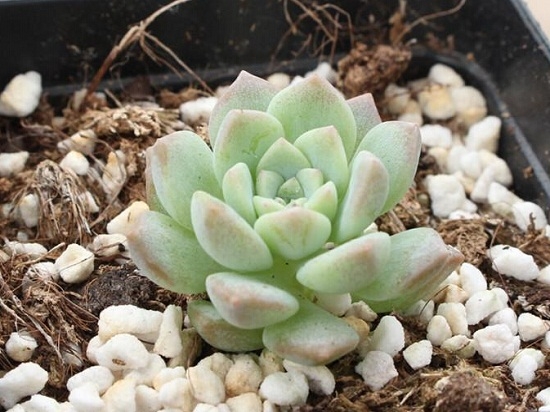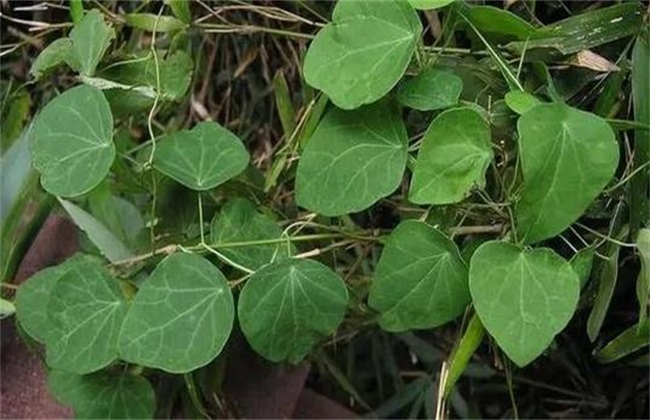Water control in summer can effectively reduce the metabolic rate of succulent plants and prevent black rot.
The hot summer is coming again! Summer is one of the most difficult seasons for meat and meat, and it is also the biggest headache for flower friends. Water control of succulent plants has always been a hot topic in the mouth of flower friends, especially in summer, and water control friends also have their own views on water control. This paper is based on the views of some flower friends on water control of succulent plants in summer. These experiences are worth learning for families with difficulties in water control of meat and meat.

Water Control of succulent plants (Summer Paper)
First of all, about water-succulent plants are drought-tolerant, not drought-loving, adequate water (of course, not too much) is good for any living creature, drought tolerance is just a last resort, a last resort.
Second, about temperature-both high and low temperatures inhibit the activity of biological enzymes and other proteins, slowing down the growth rate, but only slowing down, not stopping. Any living creature, as long as it does not die, has metabolism, even seeds, and respiration.
Therefore, succulent plants need water at any time, and if they are short of water for too long, the root hairs will dry up and die. So, even if the meat is dormant in summer, we still have to water it properly. Of course, this should also send a series of questions, please patiently continue to read on:
First, why should water be controlled in summer?
For one thing, the biological activity of plants is reduced, and the water demand is indeed reduced; second, or most importantly, to prevent black rot.
High temperature can not only reduce plant activity, but also provide the best breeding temperature for fungi, especially when there is plenty of water, the basin soil is simply a paradise for fungi, so plants are prone to black rot in summer. In order to prevent black rot, some people have come up with a way to control or even cut off water, because no living creature can lose water, and so can fungi. Without water, they cannot reproduce, so they will not have black rot.
However, this is a trick to hurt the enemy by 1000 and self-damage by 800-eventually causing the leaves to shrink due to lack of water, or even fall off, and the root hairs will dry up and die. Things like this:
1. Healthy root hairs do not rot when exposed to fungi, because the cell wall itself is a protective layer that can prevent fungal infection (which is why you need to dry the roots after root trimming and let the wound heal). On the other hand, when there is a lack of water, the root hair that is too dry is destroyed due to dry death, which is equivalent to our skin with wounds, which is rotten when exposed to water (bacteria in the water). So, the next time you water it, because the root hair is hurt, the fungus immediately swoops in and soon becomes black rot. This is why some people obviously control the water, but occasionally pour water on the black rot, and then scold the sky, while blaming themselves, blame themselves for not controlling someone well, in fact, it is not out of control, but there is no need to control. If it is not controlled at first, the root hair will not be hurt, and the subsequent watering will not be black rot.
Related
- Fuxing push coffee new agricultural production and marketing class: lack of small-scale processing plants
- Jujube rice field leisure farm deep ploughing Yilan for five years to create a space for organic food and play
- Nongyu Farm-A trial of organic papaya for brave women with advanced technology
- Four points for attention in the prevention and control of diseases and insect pests of edible fungi
- How to add nutrient solution to Edible Fungi
- Is there any good way to control edible fungus mites?
- Open Inoculation Technology of Edible Fungi
- Is there any clever way to use fertilizer for edible fungus in winter?
- What agents are used to kill the pathogens of edible fungi in the mushroom shed?
- Rapid drying of Edible Fungi



